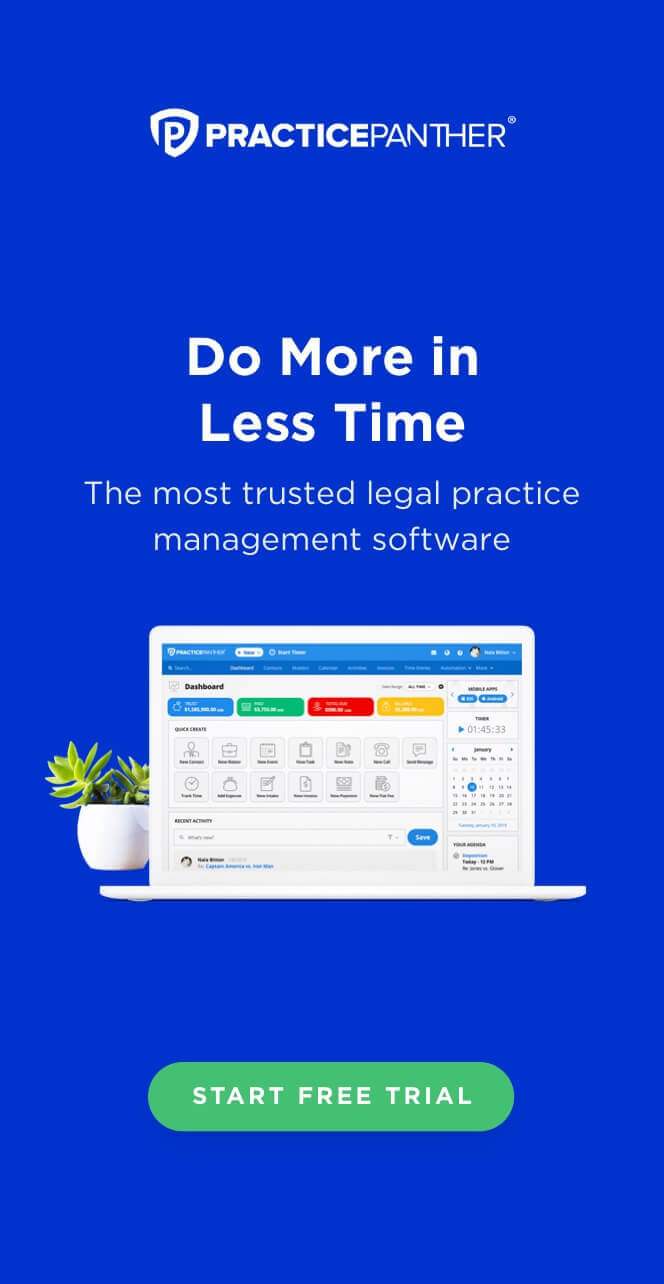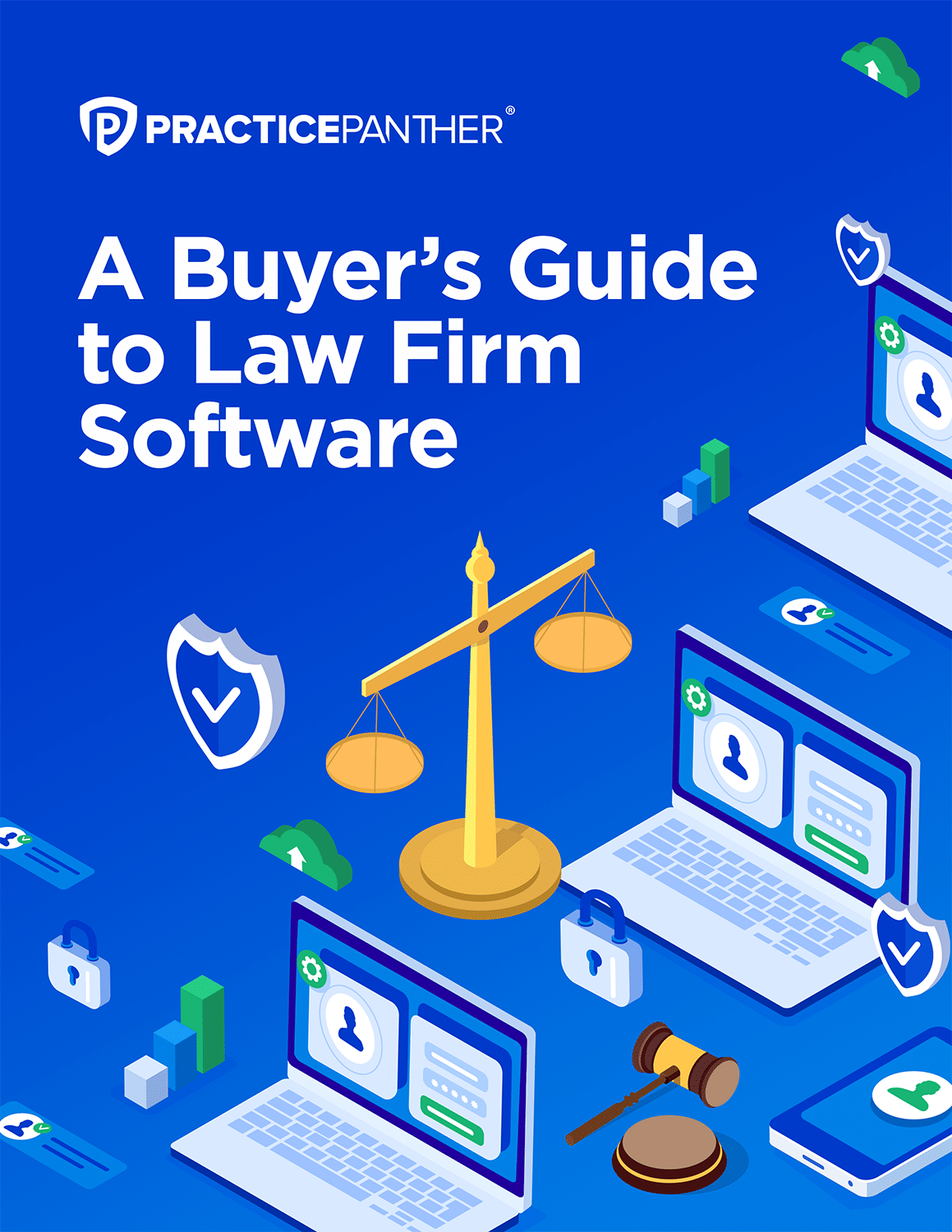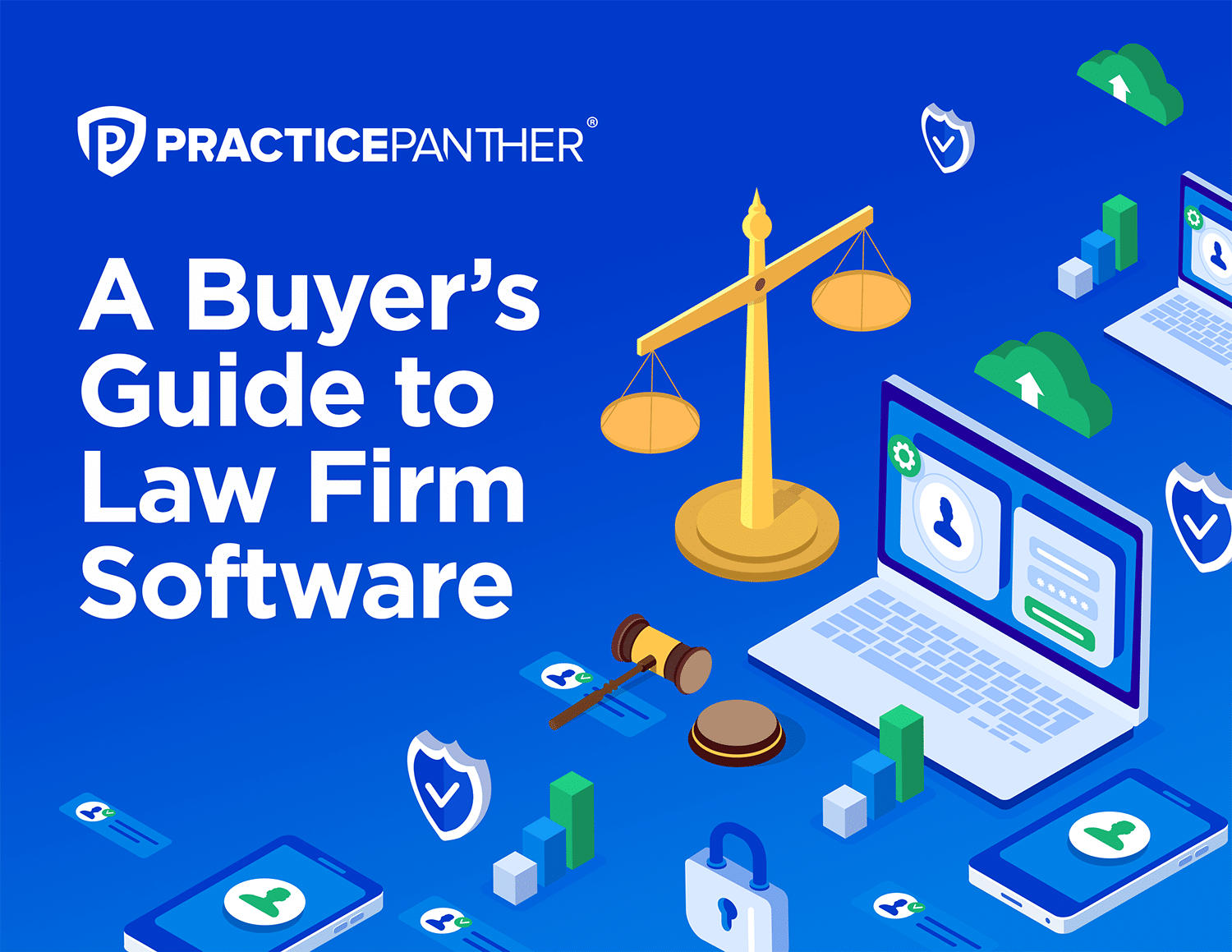Successful lawyers don’t limit their skills and expertise to the office. It’s not uncommon for lawyers to lend their legal services to the community and passion-driven opportunities. Also known as pro-bono work, lawyers can take on cases at no cost to the client.
Why would a lawyer take on such a case with no pay? Beyond serving the greater good, pro bono work is an opportunity for lawyers to diversify their experience and improve their skill set. A well-rounded lawyer can better serve their clients by having an understanding of the different types of cases and walks of life they come from.
Finding time for pro bono cases can be challenging, but the reward is almost always great. Continue reading to learn why pro bono work is important.
American Bar Association Rules for Pro Bono Cases
According to the American Bar Association (ABA), choosing to practice law means accepting the responsibility to promote justice and make it equally accessible to all people. Both working lawyers and prospective students should aspire to provide legal services without the expectation of a fee for the public good. The term “pro bono” comes from the Latin pro bono publico, which means “for the public good.”
The ABA outlines the parameters of pro bono for practicing lawyers in the Model Rules of Professional Conduct. Model Rule 61 indicates that lawyers should aspire to render at least 50 hours of pro bono public legal services per year. These services should be provided to people with limited means or to nonprofit organizations that serve those with low resources.
Here are 5 reasons lawyers should do pro bono work:
1. Diversifying Experience
Often, pro bono work allows lawyers to practice in an area of law that isn’t their primary focus. Firms often receive lists of cases that need lawyers of which they can choose to take on cases they believe they can support. Working on pro bono cases also expands existing skill sets and experience, especially for up-and-coming lawyers. For example, a litigator who has never argued in the courtroom or a corporate lawyer who hasn’t done contracts can take on pro bono cases to gain practical, on-the-ground experience.
2. Networking and Collaboration
Pro bono work often pushes lawyers to seek out opportunities to work with other lawyers, whether in their firm or outside of it. This not only benefits both parties, but it builds relationships and creates more cross-firm opportunities in the future. The legal industry is large, but it can also be tight-knit in certain practice areas or locations. Pro bono work facilitates professional relationships and networks, especially with other lawyers who are working for legal aid foundations.
3. Providing Self-Fulfillment
Pro bono may be done without the expectation of financial gain, but it does give back. In fact, for many lawyers, pro bono work helps them rediscover their commitment to practicing law. It also acts as a reminder that the intention of practicing law is to help others.
Of course, it is still an incredible service for the client. Pro bono work allows underserved people and communities to access capable legal services that they may not otherwise.
4. Advance Justice
Law is among the oldest professions in the world. It began in Greece and Rome between 200 and 600 B.C., but it may date back even further. The legal field continued to develop, but the understanding and description of lawyers were to “provide the enlightened political leadership that protected ‘life, liberty, and property.’ “
Lawyers are protectors of the public and contributors to the local community. That means providing access to legal services for all people, regardless of individual circumstances, and not just those who can afford it. Lawyers can make a positive difference in people’s lives, and often those who need it the most.
How to Manage Pro Bono Work with Billable Casework
Law is a demanding profession. Many firms and lawyers struggle to find the time and energy to spare to take on a pro bono case, no matter how passionate they feel about the cause.
Here are some tips for lawyers to manage pro bono work with billable casework:
Leverage Technology
Pro bono work and regular casework can be a balancing act. If you’re not already using law practice management software (LPM), it can be even more difficult to manage. LPMs like PracticePanther, make taking on pro bono cases easier with helpful features for managing tasks, and keeping up with important deadlines. In addition to features like custom tags to help lawyers differentiate between pro bono work and paid work, and custom reporting to help firms track how many or the specific types of pro bono cases they take in a year.
Track Time and Expenses
Some law firms may require that associates and paralegals track their pro bono hours and expenses. Everyone involved in a pro bono case, including support staff, should track the time spent on the case and the costs expended to represent pro bono clients.
Along with tracking time for the ABA rules and regulations, keeping accurate records also helps lawyers plan for future pro bono cases and allocate time and resources effectively. This is where having a resource that allows you to have multiple timers to track time as you jump between billable and pro bono cases is beneficial.
Determine Availability
Doing pro bono work isn’t helpful if the lawyer doesn’t have time to devote to it. Lawyers should always consider whether they have room in their schedules to take on a pro bono case, especially a complex one.
Choose Passion Projects
The more passionate a lawyer is about an issue, the more rewarding the work will be. Taking on pro bono work alongside other cases is difficult, so it’s better for lawyers to feel strongly about the cause to stay motivated and invested.
Pro Bono Cases Change Lives
Lawyers are dedicated to helping people. Pro bono work literally changes lives and helps the people who need it most, such as domestic violence victims, refugees, immigrants, and people of limited means. Taking on pro bono work can be challenging, but it’s well worth the rewards.






